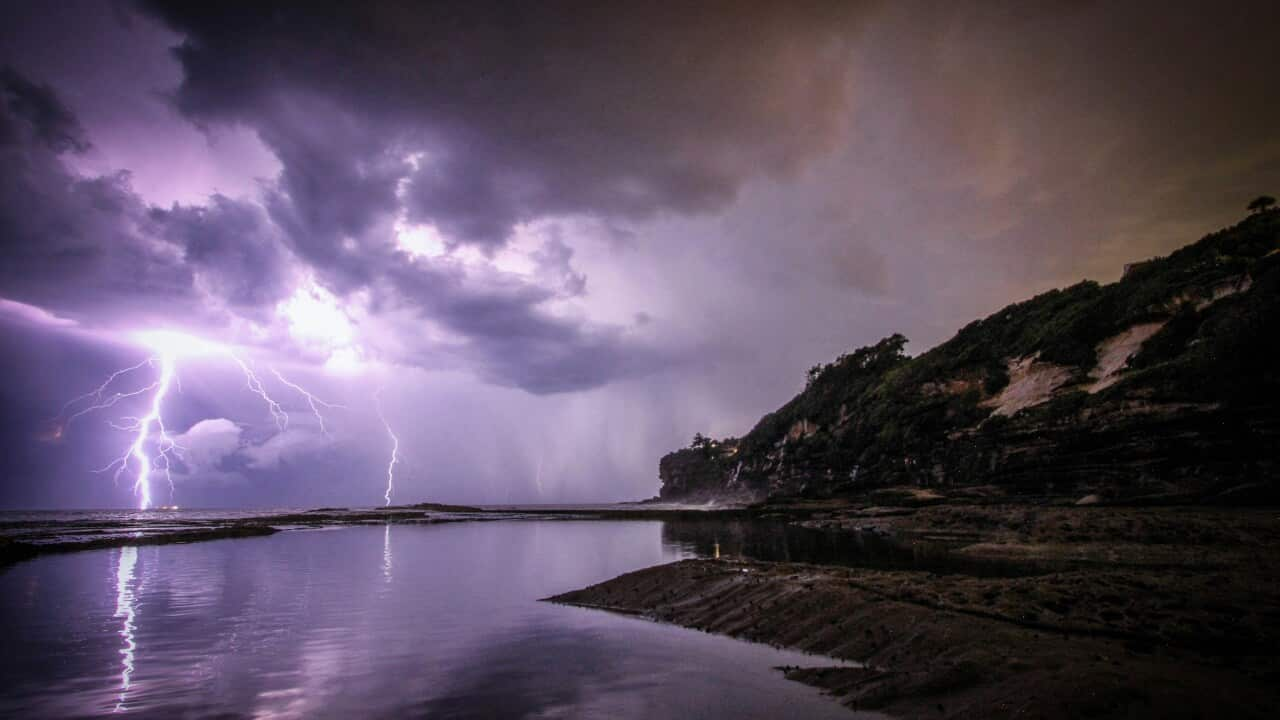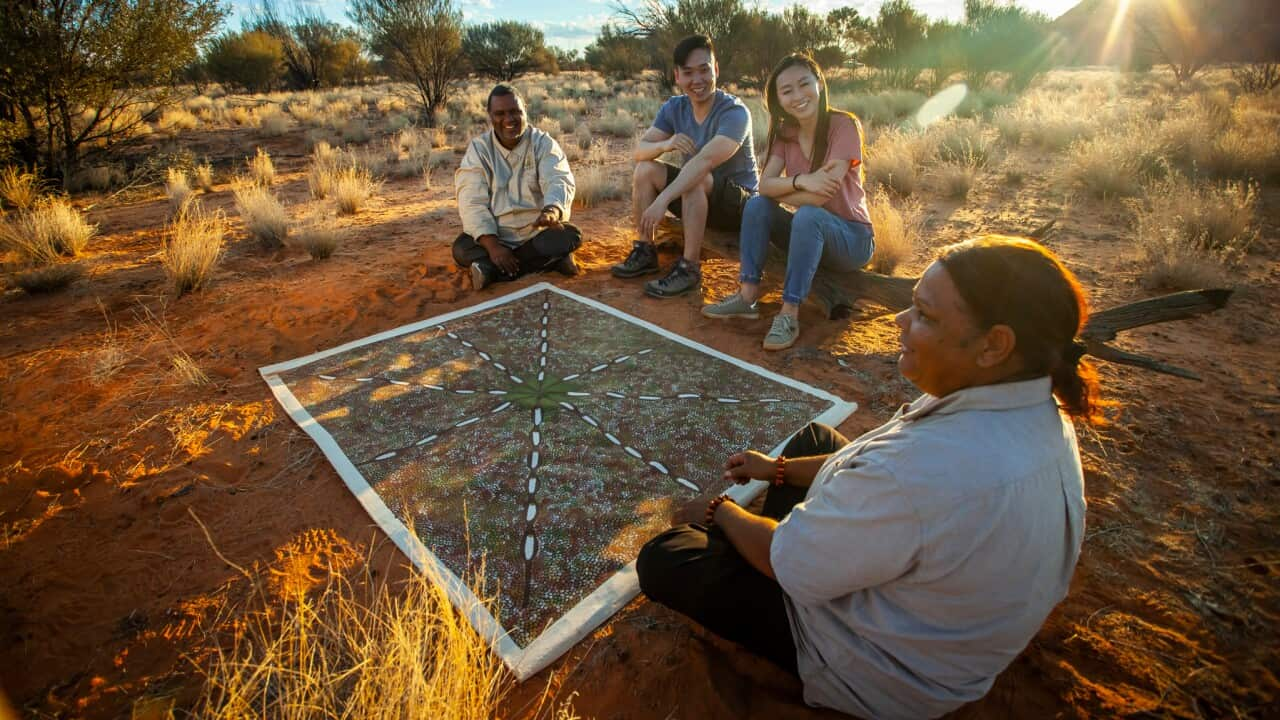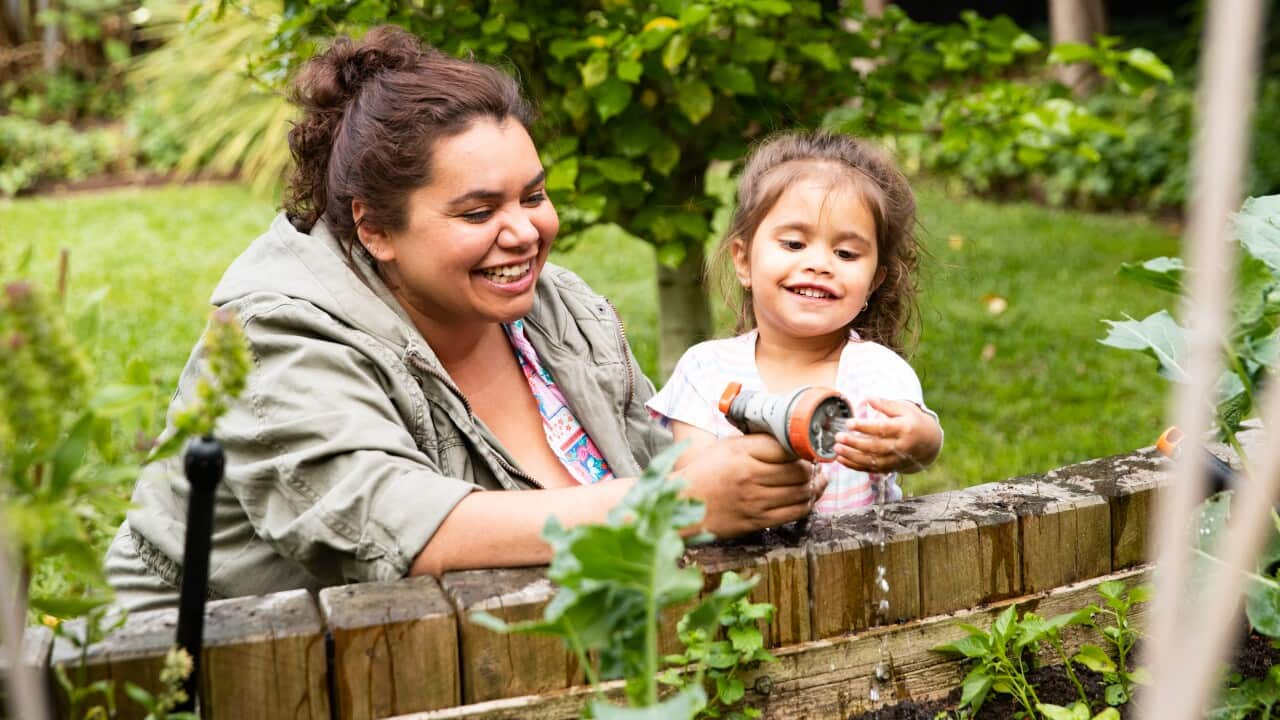Key Points
- Cultural burning, an Indigenous practice, is increasingly seen today as the “tested” way forward for wildfire reduction and promoting Country health.
- Native titles give Aboriginal communities the green light to revive cultural burning the way they know, and evidence shows it works.
- Benefits of applying traditional fire include wildfire mitigation and more. First Nations people use a holistic approach which supports a resilient ecosystem.
Many of us in Australia see fire as a threat—understandably so, given the devastation of the 2019–20 Black Summer and, more recently, the widespread, intense wildfires of 2024.
But for First Nations people, fire has been It was essential for land management, sustenance planning, and protecting ecosystems, including from wildfires.

Wunambal Gaambera Aboriginal Corporation chair Catherine Goonack is among those holding the baton of the fire tradition in Australia today. She learnt cultural burning directly from her ancestors. Photo: Russell Ord for WGAC
“My father, he told us every year around we got to burn for harvesting food.
“Cultural burning is the way of our ancestors, a way of life. They used fire to bring the Country alive again, to bring growth and stop the wildfires coming through,” says Catherine Goonack, Chairperson of the Wunambal Gaambera Aboriginal Corporation.
This customary practice—known as cultural burning, firestick farming, or cool burning—has not been widely practised at scale since colonisation.
And that this is one of the reasons Australia has become more fire prone and vulnerable to destructive wildfires.
“The old people know that it is important to burn the Country to keep it healthy,” Ms Goonack says.
In 2024, she co-authored documenting how the fire situation improved in the remote north Kimberley of Western Australia, as a result of large-scale customary burning been reintroduced.
“We’ve been monitoring for the last 10 years to stop the wildfires. We’ve had our ups and downs, but we are now back on track.”
The study measured how four traditional owner groups managed to mitigate the severe wildfires, previously dominating the region’s tropical savanna landscape.

Skills of assessing the right timing, and how to burn the right way, survive to this day. Fire walk by Jeremy Kowan, Uunguu Ranger and Wunambal Gaambera Traditional Owner. Photo: Mark Jones for WGAC
If cultural burning is proven to work, why not revive it everywhere?
The north Kimberley region is one of the few places in Australia where cultural burning programs have been able to run alongside other authorised methods, following the return of land titles to Traditional Owners.
Tom Vigilante, a lead author of the study, says getting those native titles “was a big turning point”.
“Because it then meant that people had those rights to manage the land the way they want to do it.
“The alternative is to have national parks or other types of land where government agencies are responsible for the burning. In those situations, Aboriginal people have to try and influence the way burning happens in those areas, but they don't have the right to do it themselves.”
Trevor Howard is National Manager for Prescribed Burning at the Australasian Fire and Emergency Service Authorities Council (AFAC).
He sees the Indigenous fire management in the Kimberley and broader savanna region as “a good example of what can be achieved in other parts of Australia”.
“That landscape up there has been absolutely transformed over the last 20 years.
“It had a lot of very intense, very extensive bushfires, and now it’s much more managed and under control with low intensity, patchy fires at the right time of the year, led by Indigenous people, running programs supported by science.”

Mr Vigilante elaborates on fire management techniques in North Kimberley: “A lot of burning is done by vehicles, some walking in the bush or burning around cultural sites. We also use aircraft because we're looking after close to a million hectares.” Photo: WGAC
And how much each state and territory will benefit from it, will depend on their engagement with traditional custodians.
“Because across Australia we have lots of Indigenous groups, and each one of those groups has its own attachment to their local country.
“So, it really requires each state and territory agency to work with those groups to understand their aspirations and needs, and to support them in developing their cultural burning practises in their own way, in their own Country.”
How fire restores health in Country
Gareth Catt is the Desert Partnerships Manager at the Indigenous Desert Alliance.
He has been working with First Nations rangers across the Northern Territory, Western Australia, and South Australia since 2012.
Much of this work has focused on integrating traditional cultural fire practices into the modern context at scale.
He believes the success of cultural burning as a proactive approach to wildfires lies in how it is carried out, with a strong focus on prioritising the needs of the landscape.
“The people that I've worked with interact with fire in a way that is looking at the weather conditions, understanding where the fire is going to go and how that Country is going to respond.”
Mr Catt says there is renewed interest in traditional knowledge about wildfire mitigation, “particularly since the big summer fires in 2019-2020”.
“When people think about fire, they think about the blackness that is left behind, the danger that's associated with it,” he adds.
“But when fire is carefully applied to the landscape, it's not a destructive force, it's a renewing force. If you time that fire correctly and interact with the landscape consistently, fire is much more a tool for promoting vegetation diversity and new growth.”

Joint research by members of the Ulladulla Local Aboriginal Land Council and academics from the University of Wollongong found that cultural burns significantly improve soil quality, allowing more nutrients and microbes to thrive. Photo: Paul Jones (UOW) Credit: pauljones
Professor Anthony Dosseto share insights on the latest evidence surrounding this practice.
He is one of the researchers behind a comparing the effect on soil health of agency-led, prescribed burning with that of cultural burning.
The study was jointly conducted by University of Wollongong academics and members of the Ulladulla Local Aboriginal Land Council.
It found both ways had positive effect on soil. But cultural burning showed added benefits.
“For instance, we found that soil density reduction was greater where there has been cultural burning,” Prof Dosseto explains.
“And there was more carbon and nitrogen compared to areas where there has been agency-led prescribed burning. Carbon and nitrogen are super important, as they are the main nutrient for this ecosystem.”
Professor Dosseto says it’s not about pitting prescribed burning against cultural burning.
Rather, the focus is on sharing evidence and insights into the role cultural burning plays in bushfire mitigation and ecosystem health— a role that First Nations communities have understood for millennia.
“We have this toolbox, if you like, of fire management techniques. And for a long, long time we've been ignoring tools from the First Nation community who have been looking after this country for tens of thousands of years.”
Subscribe or follow the Australia Explained podcast for more valuable information and tips about settling into your new life in Australia.











